Angiogram and angioplasty are fairly common medical terms you might hear. Most people, however, do not know their differences and functions.
The cardiovascular system is a complex network of vessels that facilitate blood circulation and transport nutrients to and from the heart. It is an integral part of our life and is made up of sophisticated processes. As with its importance, various ways to treat and monitor its wellbeing have been developed.
Cardiologist, Dr Julian Tan, explained some of their key differences between angiogram and angioplasty to Human readers. Here's what he had to share.
What is an angiogram?
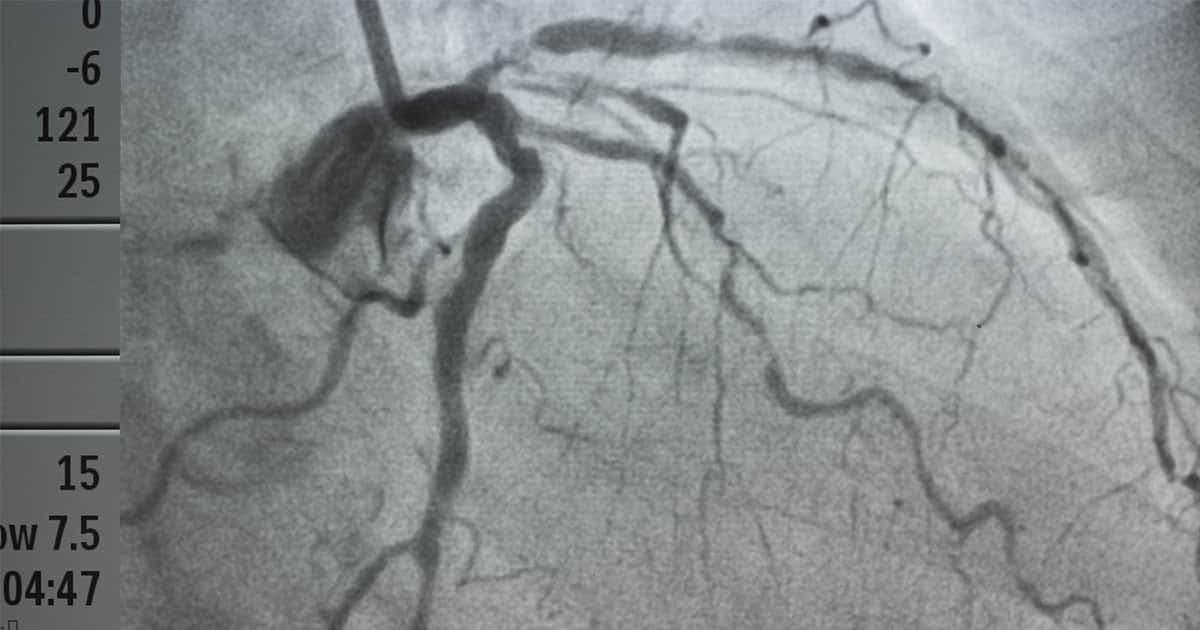
An angiogram is an X-ray image of the blood vessels in a certain organ. It is a diagnostic tool used by medical experts to detect blockages in the heart, brain, or any other organs [1].
What is an angioplasty?
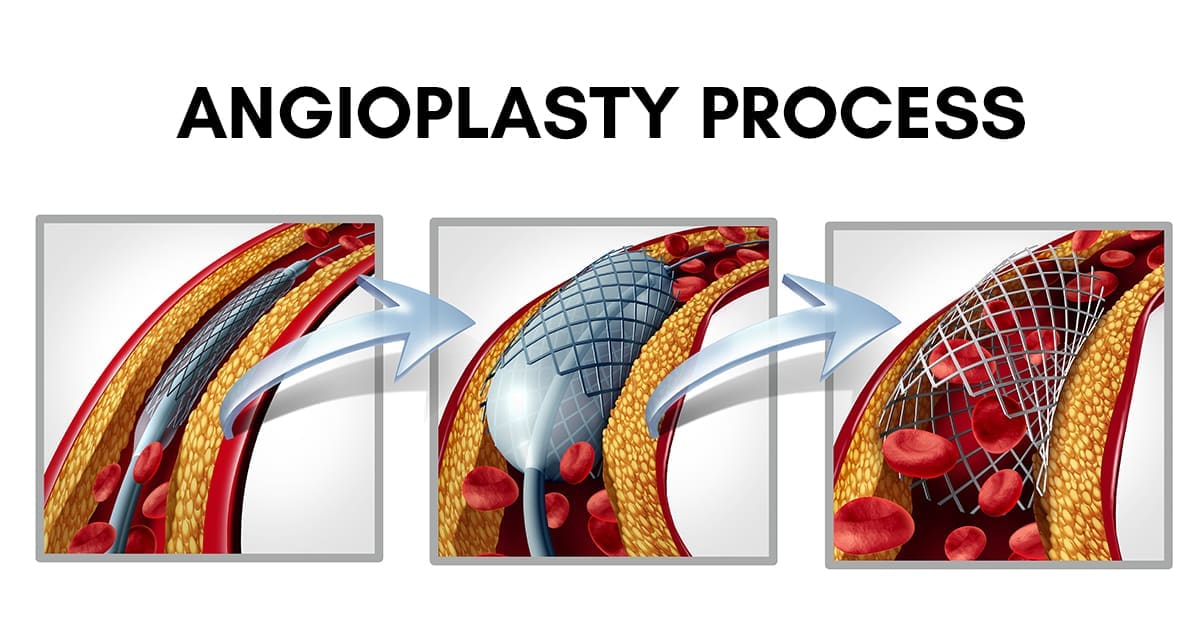
An angioplasty, on the other hand, is as a procedure to open blocked or narrowed blood vessels [2].
The procedure is done by inflating a balloon fixed on a flexible tube (catheter) at the blocked area. This helps widen blood vessels and restore blood flow. Often, this procedure is followed by placing a heart stent to stabilize the structure of the blood vessel [3].
Why are coronary arteries so important?
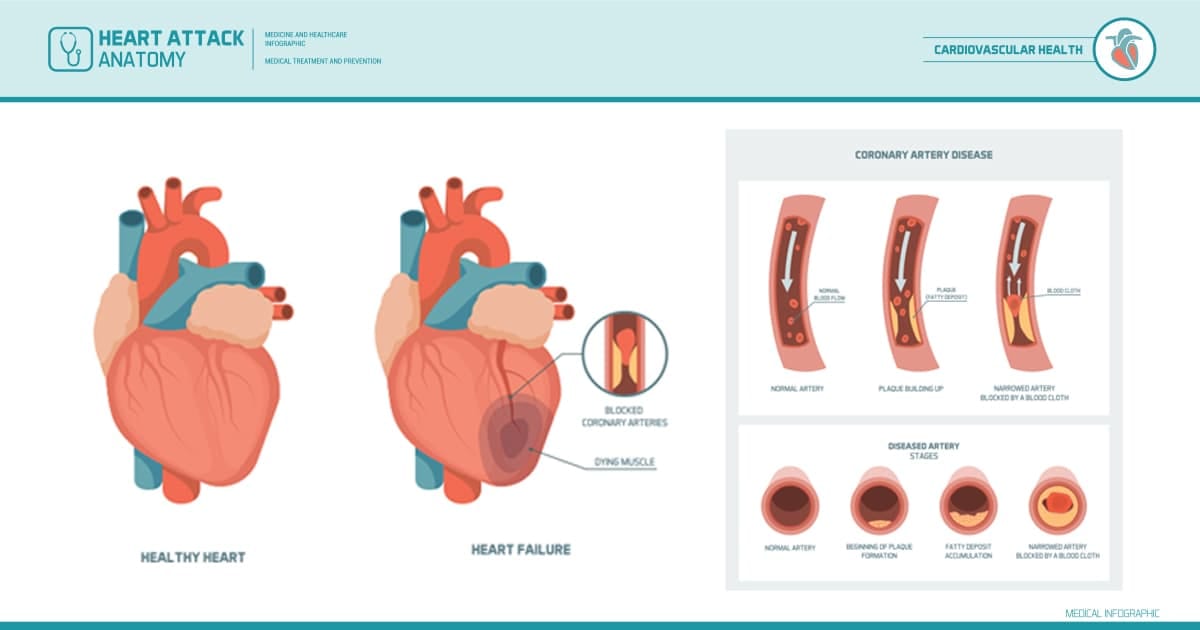
Coronary arteries are the major blood vessels supplying blood to your heart. Consequently, a blockage there may cause chest pain (angina) and heart attacks [4].
Both of angiogram and angioplasty are carried out after a heart attack
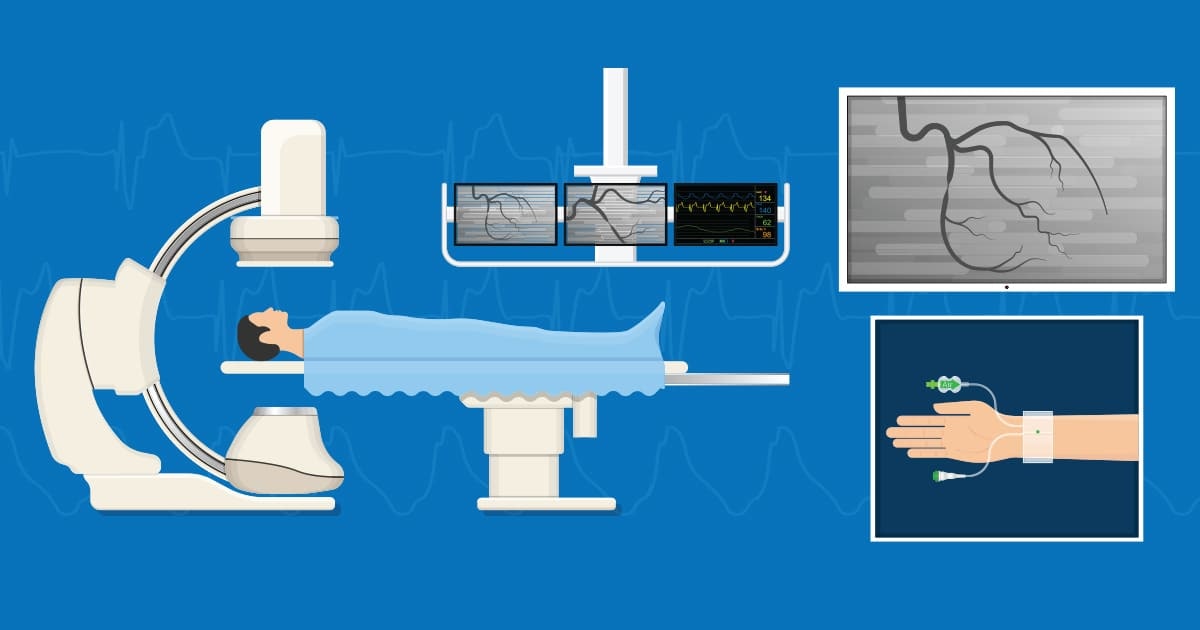
Angiogram and angioplasty help doctors assess the condition and provide a solution. The procedure can reduce chest pain and also minimize heart muscle damage [5].
Angioplasty is broken down into 4 steps:
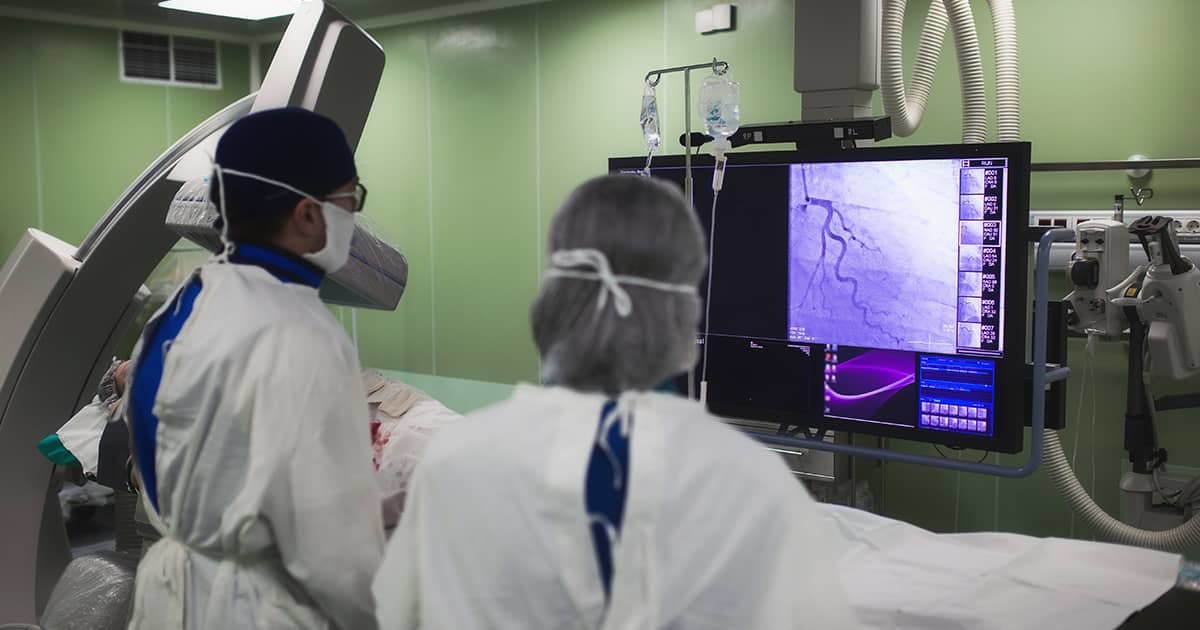
1. Preparation
Dr Tan explained that preparation for angioplasty includes a coronary angiogram. This helps the cardiologist see exactly where the blockage is. The patient will also be given a local anaesthetics where the catheter will be inserted.
2. Catheter insertion
A narrow tube (sheath) is inserted into the artery, guided with live X-ray images. A catheter is then threaded through the sheath until it reaches the point of blockage [3].
3. Inflation process
A balloon is inflated and the stent expands. This pushes the plaque against the artery wall, effectively widening the point of blockage [6].
4. Deflation process
The balloon is then deflated and removed. The stent props the artery open to help resolve the blockage [6].
Costs for angioplasty in Singapore can range between $4,800 - $60,000
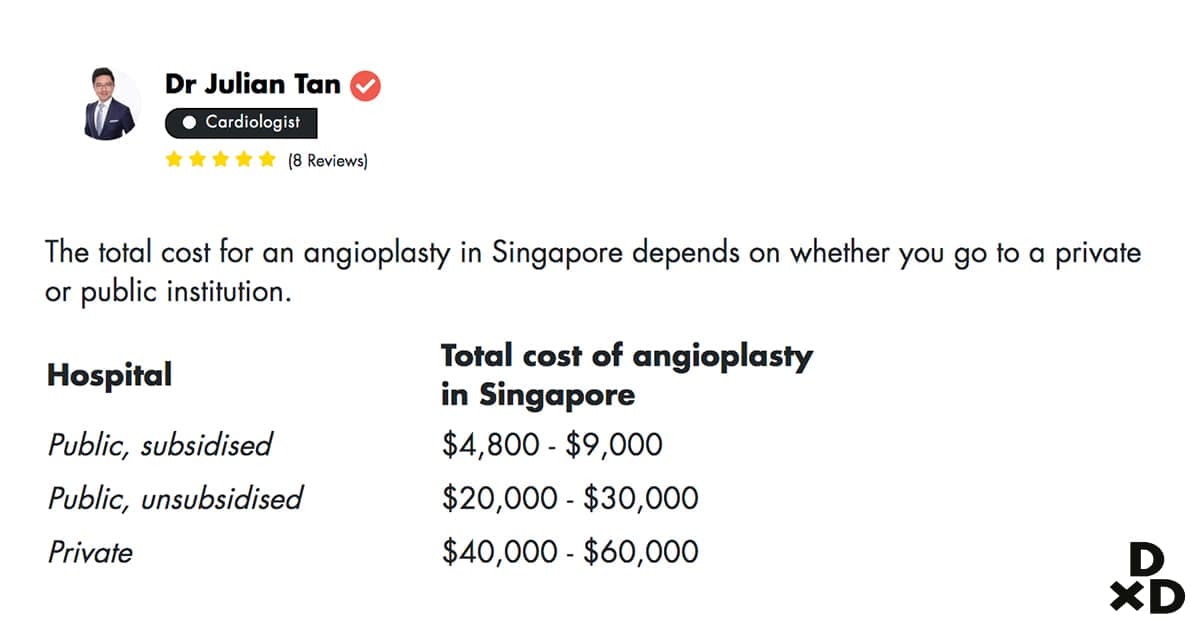
In Singapore public hospitals, an angioplasty can cost around $4,800 - $9,000 subsidised, and around $20,000 - $30,000 unsubsidised. In contrast, private hospital charges around $40,000 - $60,000.
Cardiologist, facilities, and extra procedures might affect these costs. Dr Tan has explained more about it in his answer to a Human reader.
Angioplasty is NOT a cure for heart disease

Dr Tan stressed that angioplasty and stent do not fix any underlying heart diseases.
Angioplasties simply help to control symptoms related to them. A patient must undergo rehabilitation and keep to a strict care plan to reduce the risks of further heart issues [7].
Minor complications with angioplasties may include:
- bleeding under the skin
- bruising
- possible allergies
More serious complications are uncommon but include:
- damage to the artery
- heart attacks
- serious bleeding
- damage to the kidneys [6].
Complications can arise because of a number of factors such as age, prior treatments, and kidney disease.
It is important that patients go for a full evaluation and consult their cardiologist about any concerns before proceeding for treatment.
Dr Julian Tan is a physician and cardiologist at Mount Elizabeth Hospital. He is proficient in all aspects of interventional cardiology. Dr Julian Tan is also a Clinical Senior Lecturer at the Yong Loo Lin School of Medicine, NUS and a Core Clinical Faculty Member of the NHG Cardiology Senior Residency Program and a Clinical Teacher at the Lee Long Chian School of Medicine (LKCMedicine).
Would you like to ask any related health questions?
You can Ask A Doctor right away, or request for treatment quotes from doctors.







